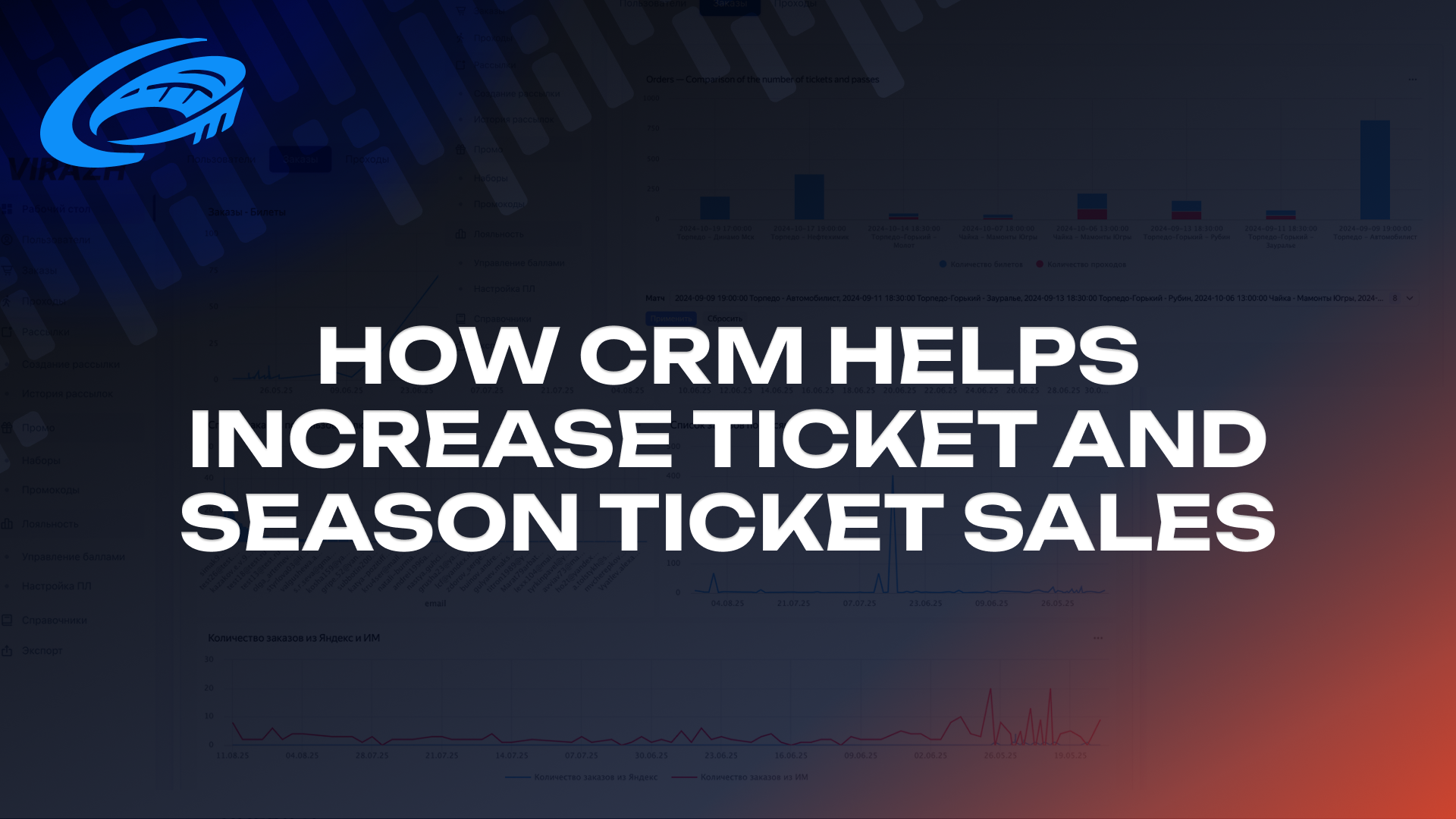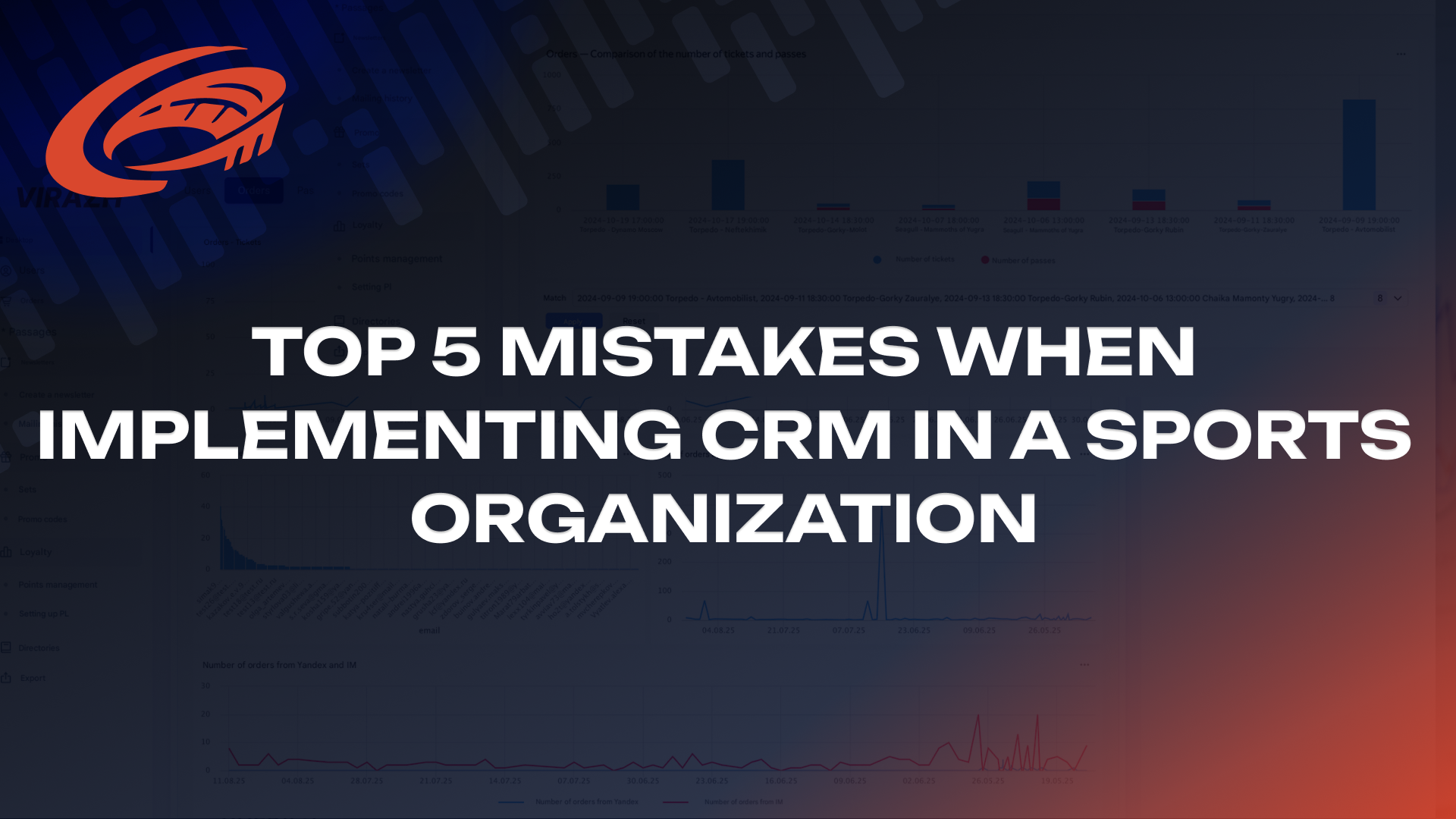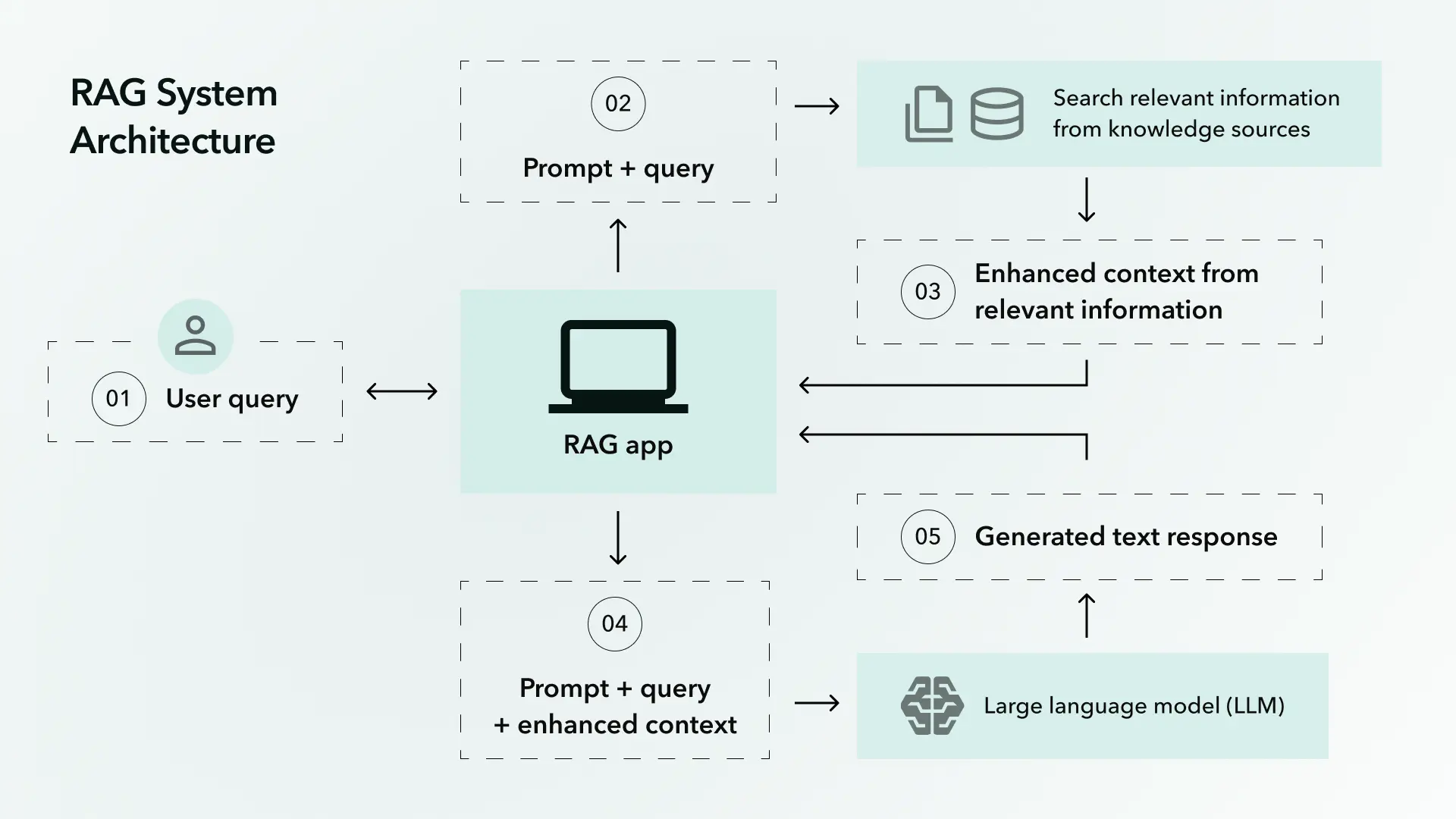Let’s say you’ve decided to organize a youth football tournament. Sixteen teams, classic knockout bracket. Easy, right?
Well… not exactly. Welcome to the wonderful world of amateur event logistics, where nothing is simple and everything requires a system.
Format First: 11v11? 5v5? 6v6? Good Luck
The first wall you hit is the number of players per side. You'd think that football is football, but no—formats range from gritty 5v5 street games to full-sized 11v11 outdoor matches. Youth tournaments? Usually a compressed format. 6v6 is the sweet spot for most kids, with shorter halves and slightly less chaos. Nobody (and we mean nobody) plays full 90-minute matches in amateur or youth tournaments—unless they’re training for the military.
Administration: Spoiler Alert — It’s Not Like the Pros
In the big leagues, systems like Hudl or InStat handle match data, stats, and video. In the amateur world? You're lucky if the ref writes down the score on the right line.
In most youth tournaments, match records are handled by the organizer, the ref, or sometimes (risky move) the team captains. And let’s be honest: when captains report their own stats, someone’s always scoring a suspiciously heroic number of goals. Assists? Usually "forgotten." Possession percentage? That’s a fairy tale. At best, you get final scores and a semi-reliable goal tally. Anything more is either manual or mythical.
Teams, Players, and the Joy of Constant Switching
To even have a tournament, you need teams. And for that—you need players. Seems obvious, but here’s where it gets fun.
Every team needs a captain. That captain registers the team, invites players, and makes sure people don’t randomly leave for “better offers” (which totally happens). If a player wants to switch teams, they need to leave one, apply to another, and get accepted. Which means someone has to process that application.
Now multiply that by 16 teams, and suddenly you’re not running a tournament—you’re managing a CRM for teenagers with commitment issues.
Payments: Everyone Loves a Spreadsheet Until It Involves Real Money
Most tournaments run on paid entry. And guess what? That payment system? Needs to be integrated. Preferably something modern, like Stripe. Otherwise, you’re back to bank transfers with reference codes like “sasha_team_6_goalie_payment_FINAL2.xls.”
Modern systems should allow captains to register teams and pay in one flow. Sounds easy? It’s not. Some systems still require you to send a scanned copy of your passport and a pigeon.
Sponsors and the Invisible Backbone
Behind every tournament is someone footing the bill. Usually sponsors. That means your system should not only handle players and teams—it should also be able to showcase sponsors prominently on match pages, brackets, and yes, even in the automated emails. If they’re paying, they want visibility.
Infrastructure & Compliance: It’s Not Just “Make a Website”
You’ll also need basic DevOps just to keep the system from collapsing when moms start uploading 300 MB videos of Timmy’s goal. And if the tournament involves kids, you’re officially in GDPR territory. That means you can’t store data like it’s 2011. Everything needs to be secure, auditable, and privacy-compliant. Otherwise, welcome to lawsuit town.
White-Label Platforms? Sounds Good Until You Actually Try
Every organizer dreams of a white-label system where they just plug in their teams and go. But then reality hits: formats vary, age groups change, tournament rules differ from one city (or country) to the next. In the US, they even call football “soccer.” What are we even doing here?
So… What’s the Solution?
You need a platform that adapts to different tournament formats, integrates payment and registration, handles basic stats, and doesn’t collapse under pressure. Ideally, something modular, GDPR-safe, and sponsor-friendly. Oh, and fast to set up.
Too much to ask? Maybe. But for now, at least you know: organizing an amateur football event isn’t just fun and games—it’s closer to project management with a whistle.
By Vitaliy Zarubin




















![Custom Software Development Rates by Country [2024]](/assets/images/expertise/it_service/generative-ai-services-hero-banner.webp)






